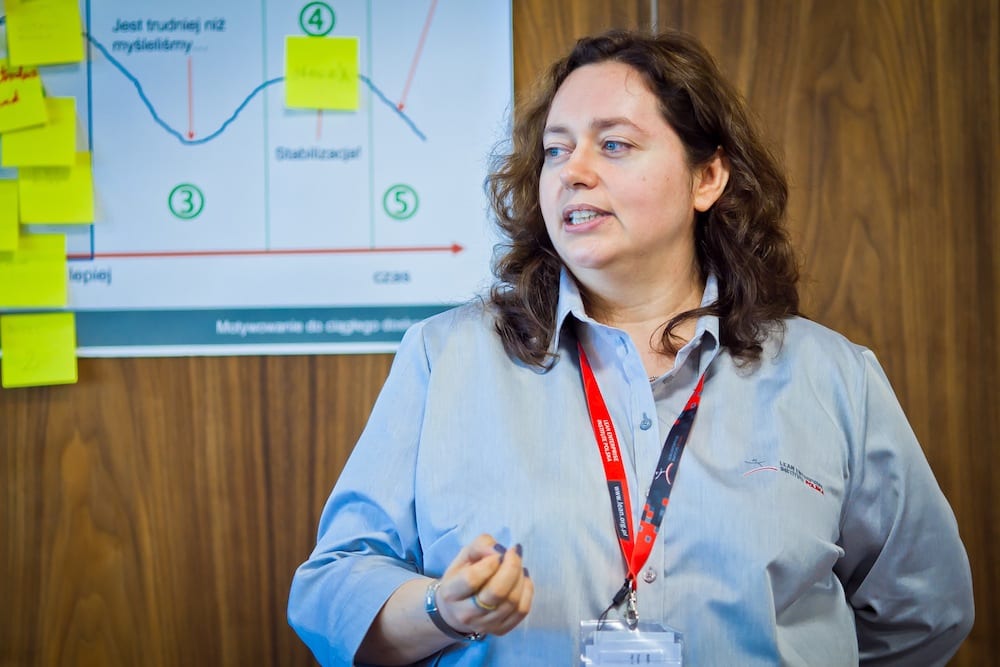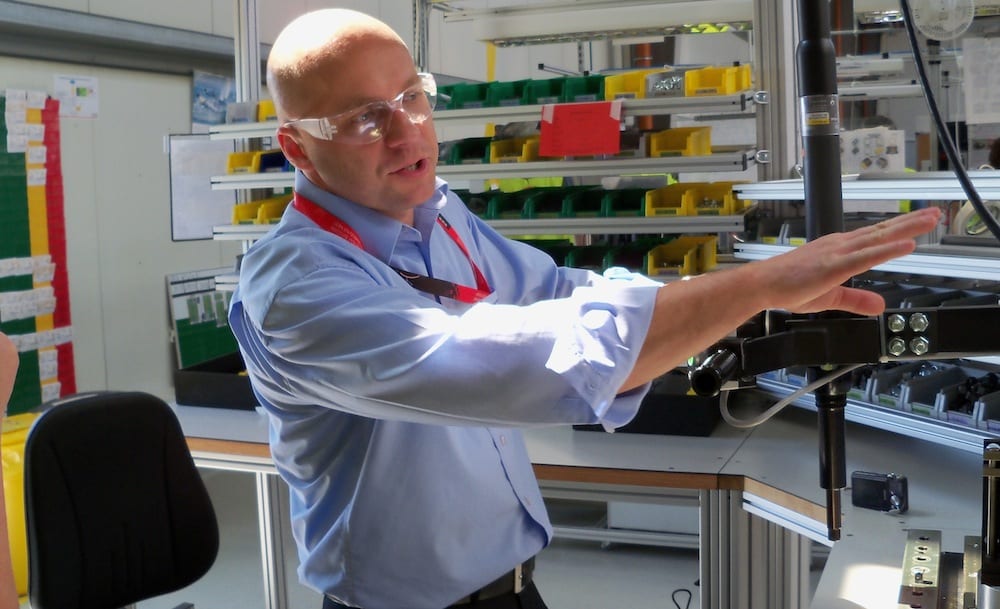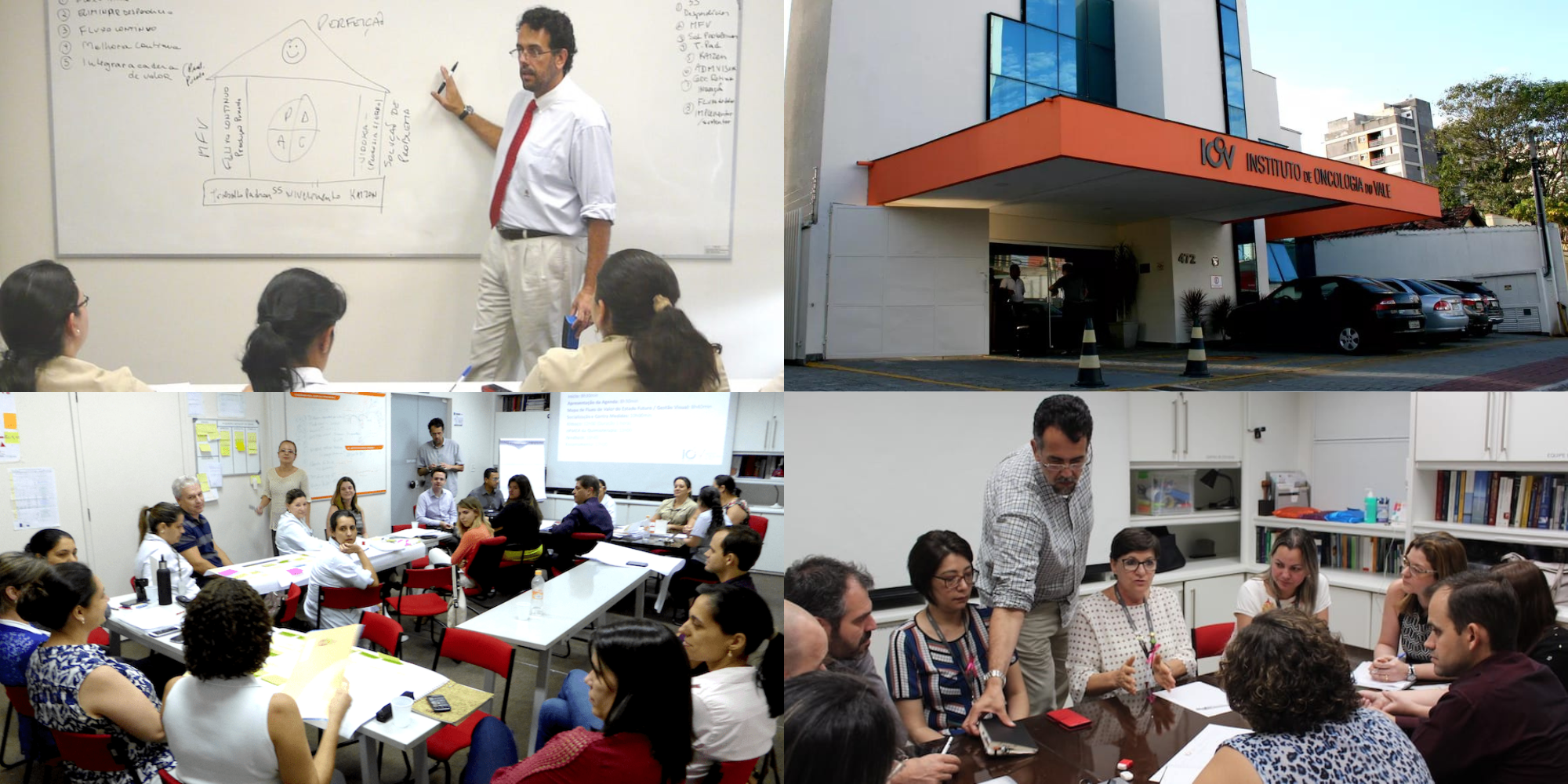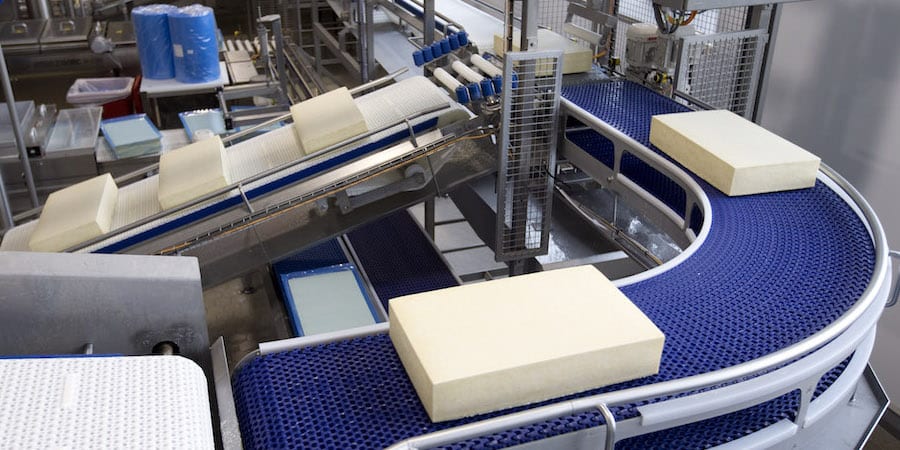
What makes lean sustainable? Value creation and PDCA
FEATURE – For the last article of their series, the authors ask themselves the ultimate question: who wins at lean, and who loses? What makes change sustainable? Turns out, it’s all about the fundamentals.
Words: Malgorzata Jakubik and Robert Kagan, Lean Enterprise Institute Polska
As no true lean person should walk by waste and ignore a chance for improvement, we felt the need to put together our reflections on things big and small that, while working with our customers, we have found to be common “speed bumps” or even show stoppers in a lean implementation. Whether systemic or tool-related, these obstacles have one thing in common: they tell our “war stories,” which we want to share with those on the road to lean, hoping they will warn them against frequent hazards others have struggled with.
GUIDING BEACONS FOR LEAN DECISION MAKING
- WHEN IN DOUBT, FOCUS ON VALUE ADDING AND PDCA -
As we summarize the thoughts and reflections on the hazards on the road to lean that we have shared with you in the past year or so, it is finally time to talk about those who will win at lean and those who want. What differentiates the companies that succeed in turning themselves around and creating a new and better organization from those that try and fail (or try, have some initial gains, but then fall back into their previous non-lean behaviors)?
It is the one-million-dollar question so many of us have found ourselves asking time and time again: what brings the desired sustainability in the lean environment?
We have thought about this and talked about it a lot with our customers, and observed what works and what doesn’t for years. To us the answer lies in two fundamental lean concepts that everybody seems to know, but that still very few actively use:
- Good old PDCA;
- Value creation - understanding where value is really created (and by whom) and focusing the organization on supporting value creators.
It would be a waste of time to preach one more time that these are important building blocks of a lean culture. What we want to focus on, instead, is the practical aspects of using them for every-day decision-making.
The higher you go in the organization, the tougher the decisions you will have to make. With this in mind, if there is anything that can guide you through this and point you in the right direction, you should definitely use it. Just like standards help an operator to follow the right sequence when assembling a product, lean decision-making standards can help a leader to follow the right path towards sustainable change.
How does this work in practice?
Let’s go through the PDCA part first. Whenever we ask people what PDCA is, we normally get a bunch of bored looks until someone eventually blurts out. “Plan, Do, Check, Act.” Did we start to teach children in kindergarten about PDCA and someone forgot to tell me? Because it would appear it is so well known that asking what it is may actually be redundant…
And yet, as soon as we start asking when and how it is used – or, even more clearly, when we look into the every-day practices of a company – trouble normally follows.

Where we fail at PDCA:
- We teach it and use it mainly for problem solving, to the point that in some organizations PDCA has become a synonym of problem solving, which considerably limits its overall application;
- We know the theory, but we do not put it into practice, failing to plan how a new tool will spread across the plant or to set up a monitoring system for a newly implemented process. And then we are surprised they did not work!
Now to the second fundamental concept – understanding where value is added and by whom within the organization. We all know it is the operators, right? This is, in our experience, one of the hardest lean concepts for leaders who are starting off to grasp.
On one hand, they do understand that the customer pays for a product or service and does not really care about how much time, effort and resources we have put into creating the process that enables the operator to make that product or provide that service for them. Yet, in busy every-day life, it is way too easy to forget that HR processes are there to help the operators create value, that management processes are there to help the operator create value, that engineering is there to make it possible for the operator to create value. Value creation is the reason why we exist as organizations.
We tend to focus on our part of the business and are proud of how we run it (as we should!), but the truth is that the organizations that win the lean challenge are still the ones that are able to ensure that everybody in every process knows that their job – whatever that might be – must meet the needs of the company’s central value adding process.

So, in our daily decision-making how can we make sure that we are not making mistakes and actually choosing the right path?
If applied, the following two rules of decision-making will help you create a sustainable lean culture. They will also make your life much easier and some of your decisions real no-brainers. But you need to stick to them.
1. PDCA everything you do or think of doing. Always:
- Plan for a long-term goal;
- Assess where you are now and set short-term goals;
- Decide how you are going to check if the plan is functioning early on, in the planning phase;
- Also in the planning phase, determine what you are going to do to spread lessons learned to the whole organization;
- Know who will be monitoring progress, when and how;
- Allow people to experiment;
- Demand that your people understand both their successes and their failures, and learn from them.
How does this translate into daily processes, you ask?
- You will have a clear three-year vision of standardizing every job in the organization, not only plan for one pilot line and “then we will gradually do the rest.” You must define “gradually” and “the rest” – set the direction and draw the path that leads that way.
- You will worry about having the necessary data for decision-making and you won’t move into planning (or should we say “guessing”?) without having a clear idea of what the current situation is.
- You will prepare training packages based on PDCA; you will run projects based on PDCA; and you will talk to people who are using PDCA terminology.
If something is not the way it should be, you will always push for countermeasure (because that is what PDCA calls for) and you will always go back to check. The organization must know that check is unavoidable.
2. Always assume that whatever your value adding process needs in order to work well has to be provided by your support processes.
- Test every set-up of a support process against how it serves the core business. Don’t let “the tail wag the dog”
- Support processes are partners to the main process, expertise providers, and advisors. It’s important they never forget whom they work for.
- Plan layouts, work patterns and set rules that favor smooth value adding in your main process, even at the cost of inconveniencing the rest of the organization.
Again, here is how this translates into a daily process:
- When planning where to build a new canteen, for example, you will make sure that it is close to the production lines so that people can easily access it and then go back to work after the break.
- You will have your HR work the hours that suit the needs of the people in the main process so they do not have to leave their work places when they have a HR-related need.
- Your process engineers (as well as your quality and warehouse people) will be available to production when there is a process question.
Nothing in a lean environment should be too complicated, and these two golden rules are as simple as they can be. The tough part is, as usual, living by them. They also represent the answer to the question on who wins and who fails at establishing lean sustainably. Those who live by these rules win, while those who think that PDCA is an old theory and that focusing on value creators is nothing more than a politically motivated cliché lose miserably. And that is not just our opinion – we can all see it!
This article is also available in Polish here
THE AUTHORS


Read more


RESEARCH – The author explores the effectiveness of five common managerial practices in driving a corporate lean initiative forward, analyzing the data gathered while visiting 36 factories of a large corporation.


FEATURE – PL readers will likely be familiar with IOV, the cancer clinic in Brazil that’s become a reference for lean healthcare for countless organizations. Here, Dr Fred looks back at IOV’s 15-year journey.


INTERVIEW – One of the world's largest dairy cooperatives, FrieslandCampina, has embarked on an ambitious global lean journey. Along the way, they found how critical leadership engagement is.

